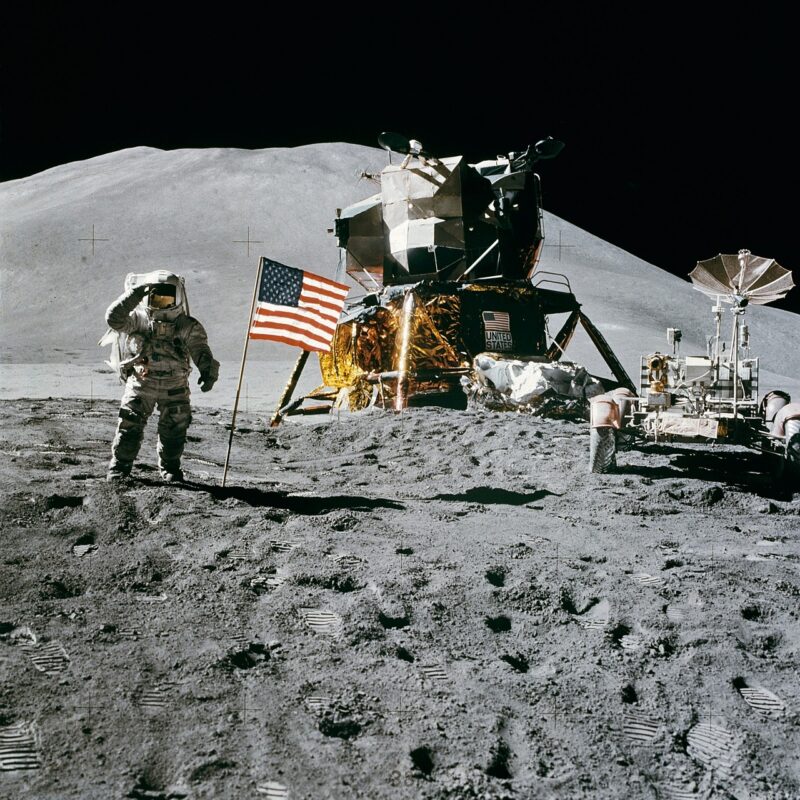How AI Is Used in Space Exploration: From Mapping Mars to Tracking Asteroids
November 10, 2024

Space exploration has always been at the frontier of humanity’s quest for knowledge, but with advancements in technology, particularly in artificial intelligence (AI), our understanding of the cosmos is rapidly expanding. AI is now playing an increasingly vital role in various aspects of space exploration, from mapping the Martian landscape to tracking potentially hazardous asteroids. In this article, we will delve into the myriad ways AI is enhancing our capabilities in space exploration and how it looks to shape the future.
1. AI in Space Missions: An Overview
The integration of AI in space missions is transforming how scientists and engineers conduct research and operations. It allows for advanced analysis of vast data sets, automating processes that were once labor-intensive and time-consuming. Here are some key areas in which AI is making a significant impact:
- Data Analysis: Space missions generate enormous amounts of data. AI algorithms can sift through this data efficiently, identifying patterns and drawing insights that would be impossible for humans to achieve in a reasonable time frame.
- Predictive Analytics: Machine learning models can predict future behavior of celestial bodies, enhancing our ability to avoid potential collisions and improving mission planning.
- Robotics and Autonomous Systems: Autonomous rovers and drones use AI to navigate, make decisions, and conduct experiments without direct human intervention, especially in environments where communication delays are significant.
- Mission Control Support: AI assists mission control teams in monitoring spacecraft systems and troubleshooting issues in real-time, thus ensuring mission success despite unforeseen circumstances.
2. Mapping Mars: The Role of AI
Exploring Mars has been a focal point of space exploration efforts, and AI is proving to be a game changer. AI-driven technologies enable scientists to analyze Martian surface data more effectively.
2.1 Autonomous Data Processing
The Mars rovers, like Curiosity and Perseverance, are outfitted with AI algorithms that automatically analyze geological data. For instance, these algorithms can decide which rock formations to investigate based on their composition and structure, thereby optimizing the mission’s goals
2.2 High-Resolution Mapping
Thanks to AI, scientists can generate high-resolution maps of Mars from satellite imagery. Machine learning algorithms can classify terrain and identify features such as valleys, craters, and potential hazards, assisting in planning future explorations, landing sites, and resource identification.
2.3 Natural Language Processing in Data Analysis
Natural language processing (NLP) is being utilized to streamline data analysis by allowing scientists to query datasets using natural language. This means that scientists can ask questions regarding the Martian surface and receive instant data-driven answers, greatly speeding up the research process.
3. Asteroid Monitoring and Tracking
The potential threat from asteroids has been a concern for planetary scientists, but AI is emerging as a powerful ally in tracking and predicting their paths.
3.1 Predictive Modeling
AI algorithms analyze historical data of asteroid movements to predict future trajectories. By rapidly processing data from various observatories, these models help identify whether any asteroids pose a risk of collision with Earth.
3.2 Identification of New Objects
Machine learning techniques are crucial in the automatic detection of new asteroids from telescope images. AI systems can be trained to recognize the motion patterns of asteroids among the multitude of stars in a night sky, allowing for the discovery of new objects at an unprecedented rate.
3.3 Assessing Characteristics and Composition
AI is also utilized to analyze spectral data from asteroids, determining their composition and structure. Understanding these factors is essential for future missions that may aim to collect samples or deflect potentially dangerous asteroids.
4. The Future of AI in Space Exploration
The potential applications of AI in space exploration are virtually limitless. Here are a few anticipated advancements for the future:
- Enhanced Decision Making: Future missions might rely even more on AI to make on-the-fly decisions during complex operations, particularly in unexplored environments such as the surface of Europa or Titan, Saturn’s moon.
- Integration of Swarm Robotics: Groups of small robots could work collaboratively on planetary surfaces, utilizing AI to communicate and execute tasks more effectively, vastly improving exploration efficiency.
- Interplanetary Communication Networks: AI could facilitate communication systems between Earth and interplanetary missions, optimizing data transmission and handling delays more effectively.
- Mission Design Optimization: AI-driven simulations could revolutionize mission design, enabling researchers to simulate multiple mission scenarios and select optimal configurations before they embark on actual missions.
Conclusion
The incorporation of AI in space exploration is proving to be transformative. As we harness AI’s computational power for data analysis, autonomous systems, and predictive modeling, we are not only enhancing our understanding of the universe but also safeguarding our planet. Future exploration missions hold the promise of even more groundbreaking discoveries, all thanks to the advancements in AI technology. By marrying human creativity and AI’s analytical prowess, we are poised to unveil deeper cosmic mysteries and secure a brighter future for humanity’s endeavors in space.
With the continuous evolution of technologies, the integration of AI will undoubtedly push the limits of what is possible in space exploration, allowing us to uncover the wonders of the universe that await us.







